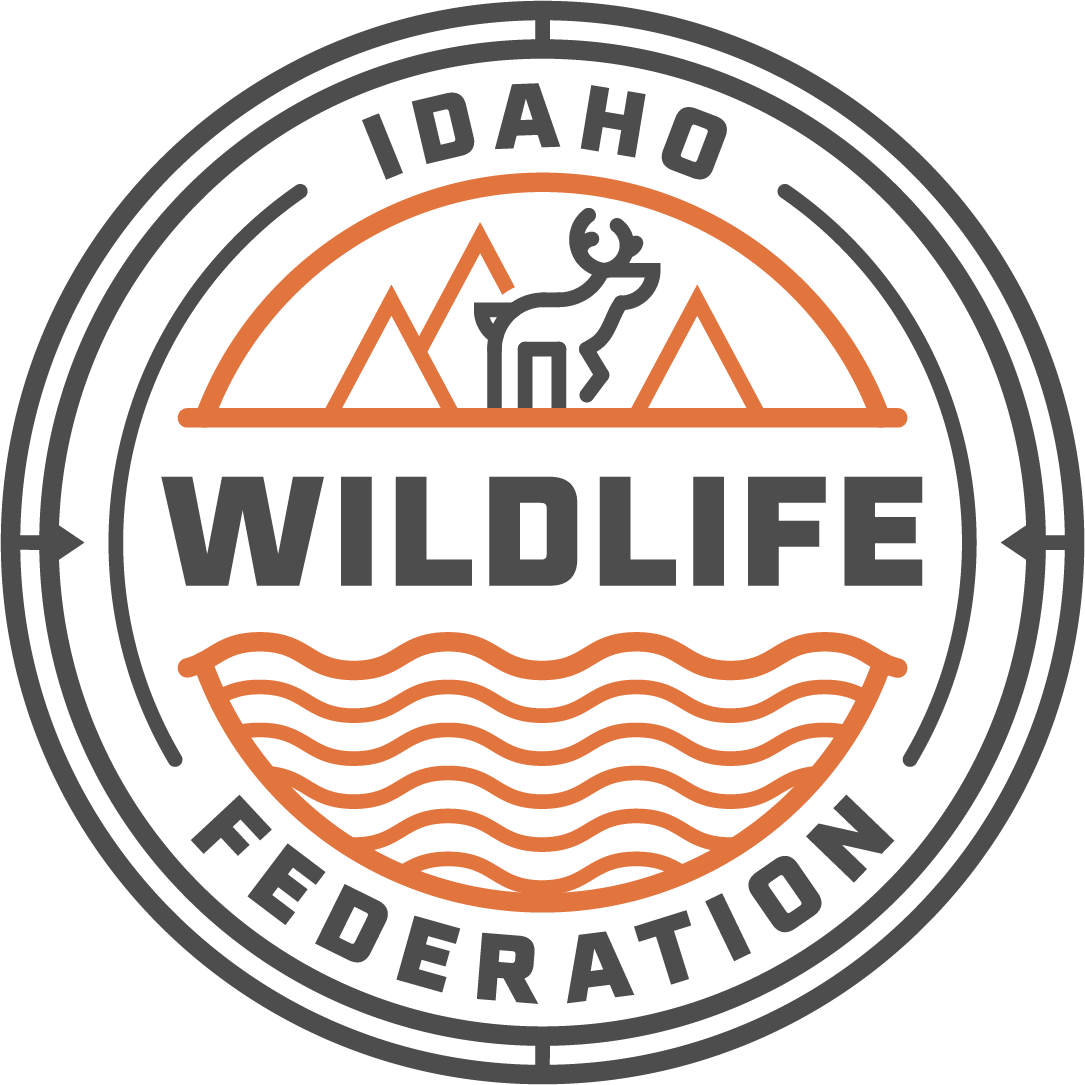Grizzly Bear Decision- Our Perspective
On January 8th, the U.S. Fish and Wildlife Service (FWS) announced its proposal to maintain Endangered Species Act (ESA) protections for the Greater Yellowstone Ecosystem (GYE) grizzly bear population.
The Idaho Wildlife Federation is disappointed by this decision, which rejects Wyoming and Montana’s petitions to delist grizzly bears in the GYE given that population recovery goals in this area have been met.
Photo Credit: NPS / Jim Peaco
What does this decision say?
The announcement has a number of implications and is a fundamental shift in recovery targets for grizzly bears. In this decision, the FWS proposes to manage recovery of grizzly bears under one Distinct Population Segment (DPS) that encompasses habitat in four states- MT, WY, ID, and WA. Until this decision, grizzly bears have been managed under several DPSs- The Greater Yellowstone Ecosystem, Northern Continental Divide Ecosystem (NCDE), Bitterroot, Cabinet-Yaak, Selkirk, and North Cascades. These distinct population segments are at differing stages of recovery, but the biological recovery targets for the GYE have been met for a decade. Individuals from the GYE and NCDE have been venturing well beyond their outlined DPS regions which led FWS to re-draw the map under one large DPS to account for these expanding populations.
In addition to the changes to the distinct population segments, FWS announced proposed changes to the ESA’s 4(d) rule to “give management agencies and landowners greater flexibility and tools to take bears in the context of research and conflict management.”
Proposed Lower 48 grizzly bear DPS boundary, overlaid with current recovery zones. Photo Credit: U.S. Fish and Wildlife Service
What does the decision mean?
TLDR: Under the umbrella of one DPS covering four states, full “recovery” of the species is a much higher bar and leaves the practical implication that delisting may not be achieved for many years to come.
The Idaho Wildlife Federation has advocated for the delisting of grizzly bears in the Greater Yellowstone Ecosystem since recovery objectives have been achieved. Our goal has always been one of balanced management - management that meets the needs and realities of both humans and grizzly bears on the landscape. We believe that continued collaborative work will be required - with agencies, landowners, sportsmen and others to ensure that grizzly bears are appropriately managed once management authority is returned to the states.
“IWF recognizes that grizzly bear management is an intense and emotional topic for many,” said Nick Fasciano, IWF Executive Director. “However, advocating for and defending science based wildlife management decisions is at the core of IWF’s mission. We support efforts to promote further habitat connectivity between populations of grizzly bears, but ultimately, we believe this decision misses the mark on sound science based wildlife management and moves the goal posts on grizzly recovery yet again.”
The FWS is holding a public comment period and a series of public meetings over the next two months, with the 60-day comment period opening on January 15. Read the full decision and opportunities to engage here.


